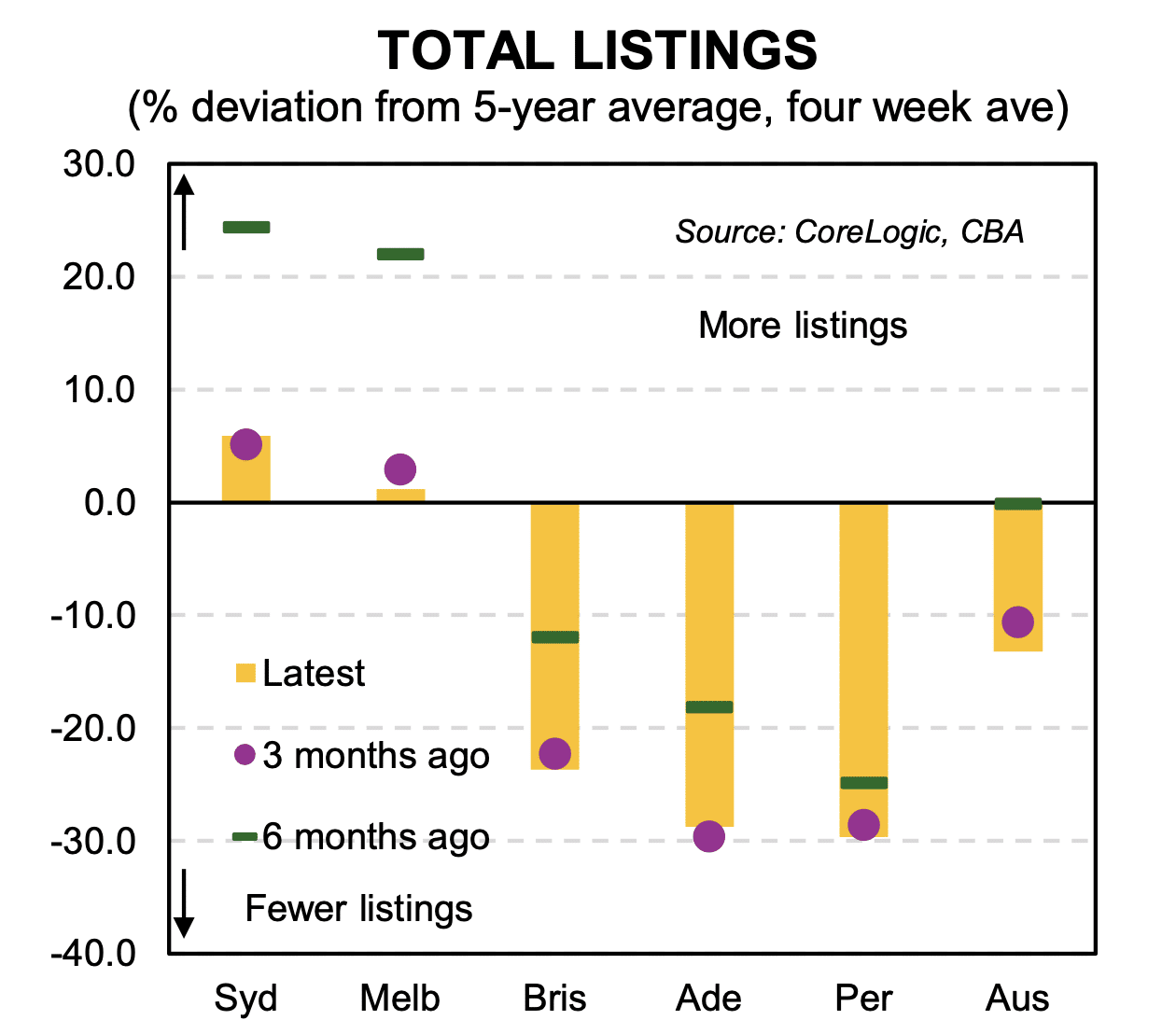The white picket fence, Great Australian Dream has become a distant memory for many, while discussing Australia’s soaring house prices is now a national pastime.
Source: Your Investment Property Magazine
Author: Tom Cranfield, Zagga Director, Investment & Risk
Date: 30 August, 2024
The Federal Government is acutely aware that property prices are a simmering intergenerational issue and has committed to an ambitious target of building 1.2 million houses over the next five years.
While ‘build more homes’ seems like a sensible solution, the reality is achieving this goal is more difficult than the campaign slogan sounds.
What’s causing our housing shortfall?
Australia’s housing shortage has many competing factors, and it’s an issue that has been many years in the making. Increasing construction costs, rising interest rates, sky high land values, steady wages growth, and diminishing borrowing capacity are some of the complexities we are grappling with as a nation.
But one of the major obstacles to building homes at scale is access to funding.
For example, the NSW Government initiative to allow high density housing around transport precincts, such as train or metro stations, will provide an estimated 140,000 additional homes. However, a very important question remains unanswered: how will the building and construction be funded?
We have seen construction and renovation costs soar since the global pandemic, driven by industry wages outpacing inflation, rising construction costs, and supply chain delays. As a result, the cost to renovate or build properties has increased by approximately 30%, while time to project completion has extended, on average, by up to 12 months.
The scale of the issue is apparent when you look beyond single homes to high rise apartment blocks, housing estates, or commercial real estate, such as strip retail, boutique commercial, or mixed-used buildings.
Who pays?
Access to capital is an ever-present challenge as risks in the housing and construction industry rise. It is one of the reasons we see so many construction firms hit the wall, with construction the largest insolvency category in Australia. This year alone we have seen a record number of construction company insolvencies, with 2832 companies waving the white flag.
This creates a triple whammy effect: our goal of building substantially more homes in the near term becomes harder; there is more strain on the high-demand housing sector, which is already under immense pressure; and it deters lenders from making capital available for what they deem ‘risky’ developments.
Regulatory constraints make it difficult for banks to finance loans that don’t fit their strict, black-and-white lending criteria. The increased capital requirements banks are subject to also mean they are unwilling to ‘go the extra mile’ for commercial borrowers with complex needs. This is particularly apparent in certain market sectors, such as construction and project finance.
Furthermore, in today’s dynamic market environment, time is money and borrowers need speed and flexibility to their loan terms. This agility is a further roadblock to traditional financing for housing and construction projects.
With demand outpacing supply, a challenging lending environment is another hurdle for Australia’s housing market. This has created the perfect storm for the rise and rise of private credit. Non-bank lenders, like Zagga, are stepping in and helping to fill the gap in the market.
Taking the credit
For experienced private credit providers and non-bank lenders, there is an unprecedented opportunity to cherry-pick projects with favourable risk dynamics and attractive returns, which are underpinned by high-grade assets. Deals that would have traditionally gone to the major banks.
This has also created opportunity for end-investors, opening up an asset class where returns are typically more reliable than shares, higher than cash and near-cash investments, such as term deposits, and provide a natural hedge against inflation.
Traditionally, investors keen to jump into Australia’s housing market have favoured brick-and-mortar investment properties. This is becoming increasingly challenging in today’s red-hot housing market. Private credit offers a compelling alternate, giving investors access to the attractive benefits of property investment in a risk-mitigated way.
Real estate senior debt sits at the top of the capital stack. This means in the event of a loan default creditors are repaid first from any sale of the asset. This is in stark contrast to equity stakes, which are higher on the risk spectrum. While equity investors can reap the highest returns, they sit at the bottom of the capital stack, which means their capital is repaid last.
However, it is important to remember that not all credit is created equal. Investors should always do their due diligence and ensure they are working with a manager who has a strong track record, transparency over investments and fees, and projects aligned with their risk appetite. Projects with greater complexity, scale, or longer timelines to completion will be higher up the risk curve.
Australia’s housing supply continues to cripple under increasing demand, especially in capital cities. The result is Australia now has some of the most expensive property in the world. Private credit offers a way to unlock more supply and shore up the property and construction industry in a time of unprecedented economic and industry challenges. For investors, it can also provide an attractive pathway to property. To finance future homes and tackle Australia’s mounting housing challenge, it may pay to go private.




